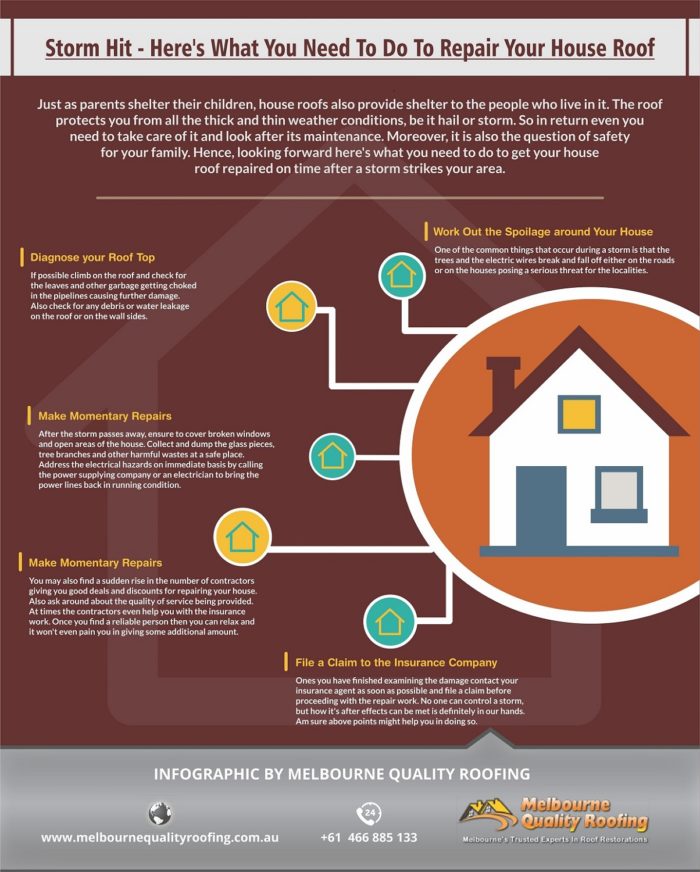Examine The Costs And Advantages Related To Solar Installment To Find The Economic Chances That May Be Offered To Those Checking Out This Renewable Energy Choice
Examine The Costs And Advantages Related To Solar Installment To Find The Economic Chances That May Be Offered To Those Checking Out This Renewable Energy Choice
Blog Article
Developed By-Gade Jensen
When considering the expenses of solar setup, you might wonder about the ahead of time financial investment required and whether it lines up with the potential long-lasting advantages. Understanding the details of these expenditures and the different aspects affecting the overall return can clarify the value suggestion of transitioning to solar power. By assessing both the first setup costs and the forecasted financial savings in time, you can gain insight into whether the investment in solar setup holds pledge for your economic future.
Preliminary Arrangement Costs
When considering the costs of solar installment, the first configuration expenditures play an important role in your decision-making procedure. These in advance expenses include the cost of photovoltaic panels, inverters, installing devices, and installation labor.
The cost of solar panels can differ depending on the brand name, efficiency, and dimension you pick. Inverters are vital for converting the sun's energy into usable power and come in various types such as string inverters, microinverters, and power optimizers, each with its very own cost effects.
Placing equipment, such as shelfs and rails, is needed to safely set up photovoltaic panels on your roof covering or residential property.
The installment labor expense covers the expert installation of the solar system, guaranteeing that every little thing is established correctly and effectively. Remember that while these first arrangement expenditures might appear high, there are frequently rebates, tax obligation motivations, and funding options offered to help balance out the expenses and make solar installment extra inexpensive over time.
Long-Term Savings Analysis
To recognize the economic advantages of solar installment over time, it's important to carry out a detailed lasting cost savings evaluation. While the preliminary arrangement costs of solar panels may seem overwhelming, the lasting cost savings can exceed these expenses significantly. By taking residential home solar panels of the power of the sun to create electricity for your home, you can possibly conserve hundreds of dollars on your energy expenses over the lifespan of your planetary system.
Among the crucial variables to consider in a long-lasting financial savings analysis is the decrease in your electricity bills. With photovoltaic panels, you can produce your power, minimizing or even eliminating your reliance on the grid. This can lead to substantial savings, specifically as utility rates remain to increase.
Additionally, numerous governments use motivations such as tax debts and discounts for setting up photovoltaic panels, further enhancing your long-lasting savings. By making use of these rewards and optimizing your solar energy production, you can take pleasure in substantial economic benefits for several years to come.
Return on Investment Calculation
Taking into consideration the economic benefits of solar installation, it's time to assess the Return on Investment (ROI) computation. Determining the ROI entails comparing the complete prices of mounting a solar system with the economic advantages it creates over its life expectancy.
To calculate ROI, separate the internet benefit from the system by the complete investment price and multiply by 100 to obtain a portion. The ROI formula is: (Net Earnings/ Total Investment Price) x 100.
For instance, if the total cost of installing a solar system is $20,000, and over its life-span, it produces savings and revenues totaling $30,000, the net profit would certainly be $10,000. Splitting this by the overall financial investment expense of $20,000 offers a ratio of 0.5. Increasing this by 100 supplies an ROI of 50%.
Typically, a greater ROI suggests a much more financially gratifying financial investment. Factors like government rewards, maintenance expenses, and energy rate changes can affect the ROI of solar installments. Recognizing https://news.stanford.edu/2019/05/02/happens-schools-go-solar/ helps in examining whether purchasing solar energy deserves it in the future.
Final thought
To conclude, understanding the expenses of solar installment is essential for determining if it deserves the investment. By thinking about first configuration expenditures, carrying out a lasting financial savings evaluation, and calculating the return on investment, you can make a notified decision about the financial worth of solar power. With the potential for minimized utility costs and boosted energy independence, purchasing solar installment can be a clever option for both your purse and the atmosphere.
